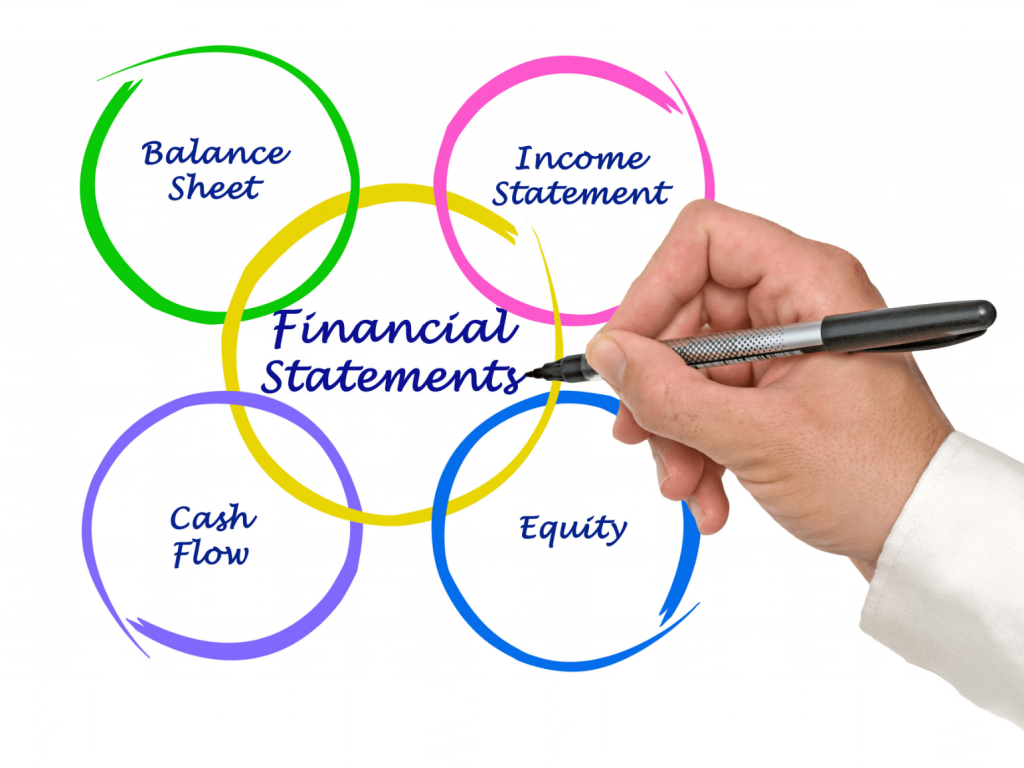
In a business of any size, financial reporting is critical to the success of the organization. When stakeholders need a clear financial picture of your organization, financial statements are the first place to which they turn. The process of preparing financial statements is an important one to be familiar with, whether you require these statements annually around tax time, or on a more regular basis.
Before we dive into the preparation of financial statements, first let’s explore what exactly they are and what they’re used for.
What Is A Financial Statement?
A financial statement is the record of a business or entity’s activities and financial performance. Ideally, this information is presented in an organized and easy-to-read format. There are four types of financial statements:
- Balance Sheet – This is the most basic snapshot of company performance. It shows the company’s financial balances of assets and liabilities.
- Income Statement – This statement contains exactly what it sounds like – the amount of income your organization generated. It includes both revenue and expenses and is sometimes called a profit and loss statement.
- Cash Flow Statement – A cash flow statement shows the impact of your balance sheet and income statement data on the cash flow of your organization. This is broken down into operating, investment, and financing activities. A healthy cash flow ensures you have the cash to pay for expenses when they are due.
- Shareholders’ Equity – If your company is privately held, you may not need to create a standalone shareholders’ equity statement – this information will simply take up a small amount of space on your balance sheet. However, if your company is publicly traded, shareholders’ equity becomes much more complicated and a separate statement will be necessary.
There are some variations to what a “template financial statement” will look like, but financial statements will always contain the same information.
What Are Financial Statements Used For?
Financial statements are used for:
- A Snapshot of Company Performance – Is a company making or losing money? Is it financially healthy? These essential questions can be answered quickly by looking at financial statements.
- Making Business Decisions – Based on the information found in financial statements, a business may want to take measures to cut expenses, expand operations, or make any number of management decisions.
- Investing – Income, cash flow, and other important benchmarks found in financial statements help investors make informed decisions. These include whether or not to invest in a business and a reasonable amount to invest.
- Banks – A bank may request a financial statement for regulation purposes or to determine whether or not to grant a loan.
- Accounting and Taxes – A financial statement can provide important information for both your accountant and the IRS to understand a company’s tax situation. For this reason, a financial statement should always be prepared at the end of each tax year.
Who Prepares Financial Statements?
Financial statements are typically prepared by management, by an in-house accountant, or by a hired external accountant like Simply Counted.
Getting Ready For Financial Statement Preparation
Each type of financial statement requires different information. While the documents needed to prepare the statements vary, the preparation process for each is the same:
1. Prepare the documents
2. Compile the data
3. Evaluate & review the statements
As a business entering the process of financial statement preparation, you’ll want to prepare the necessary documents. Here is the information needed to prepare each type of statement:
Balance Sheets
- Assets – accounts receivable, cash, securities, inventory, property, etc.
- Liabilities – accounts payable, expenses, debts, etc.
- Shareholders’ Equity – stocks & retained earnings
Assets = Liabilities + Shareholders’ Equity, so to ensure your balance sheet is indeed balanced, this equation must be true.
Income Statements
- Company Revenue – sales documentation/accounts receivable
- Costs & Expenses – vendor receipts/accounts payable
- Earnings Per Share
Cash Flow Statements
- Operating Activities – cash flow from net income or losses. Ex: overhead
- Investing Activities – cash flow of all investing activities. Ex: purchases or sales of long-term assets result in changes in monthly cash that is available
- Financial Activities – cash flow from all financing activities. Ex: selling stocks and bonds, loans.
Financial Statement Preparation can be intimidating, but once the process is understood, it’s easy to use these documents to a business’s advantage. If you are having trouble putting your business finances in order, contact Simply Counted and our team of financial professionals for assistance. You will be pleased with the expertise in our financial statement preparation services and the clear, no-nonsense explanation of your business’s financial situation.
About the Author

Diana Kasza
Former President of Simply Counted Business Services, Inc.Diana is an Accredited Business Accountant/Consultant with more than 25 years of experience. She is a graduate of Ferris State University and an active member of Toastmasters International.

